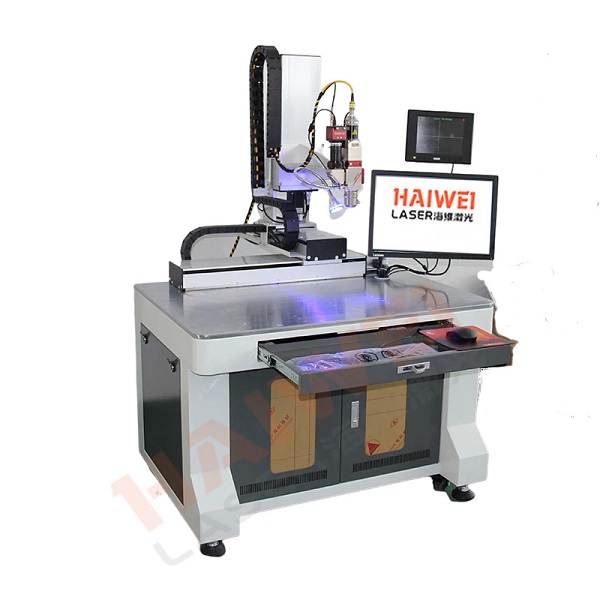How Stable Is the Welding Process with a Laser Welding Machine?
When evaluating joining technologies, manufacturers often ask: how consistent is the performance of a laser welding machine over time? The answer lies in both the technology itself and how it’s applied. Laser welding offers high process stability when the right parameters and system controls are in place.

Consistent Energy Delivery
One of the main advantages of laser welding is the precise control over beam power and pulse shape. Unlike traditional arc methods, which can fluctuate due to electrode wear or gas flow changes, a well-maintained laser source delivers stable output throughout long production runs. This leads to uniform penetration and minimal variation in weld strength.
Reduced Human Influence
Because most laser welding machines are integrated into automated cells, the process relies less on operator skill. Once programmed, the system repeats the same motion and energy input cycle after cycle. This reduces variability and supports high repeatability, especially in high-volume applications like automotive or battery manufacturing.
Real-Time Monitoring Enhances Stability
Modern systems often include sensors for seam tracking, back-reflective light monitoring, and temperature feedback. These tools detect deviations during welding—such as gap changes or contamination—and allow for immediate correction or alerts. This level of control directly improves overall process stability.
Factors That Affect Performance
While the technology is inherently stable, external factors matter. Fixturing accuracy, material cleanliness, and beam alignment all influence results. Regular maintenance of optics and motion components is essential to sustain long-term consistency.
For buyers, the key is choosing a laser welding machine designed for industrial use, with robust engineering and diagnostic features. Look for systems that offer process validation tools and integration with factory data networks for traceability.
In summary, laser welding provides strong process stability when properly configured and maintained. It’s a reliable choice for applications where consistent quality and low defect rates are critical.
Recent Posts
- What are the advantages of laser welding machines in lithium battery pack production lines?
- What issues should be noted when choosing a lithium battery pack production line?
- Quality Inspection and Control of Lithium Battery Module Pack Production Line
- Cell grouping and sorting process in lithium battery module pack production line
- What are the safety hazards of lithium battery pack production lines and how can they be prevented?
INQUIRY

